Tag: Mobility Improvement
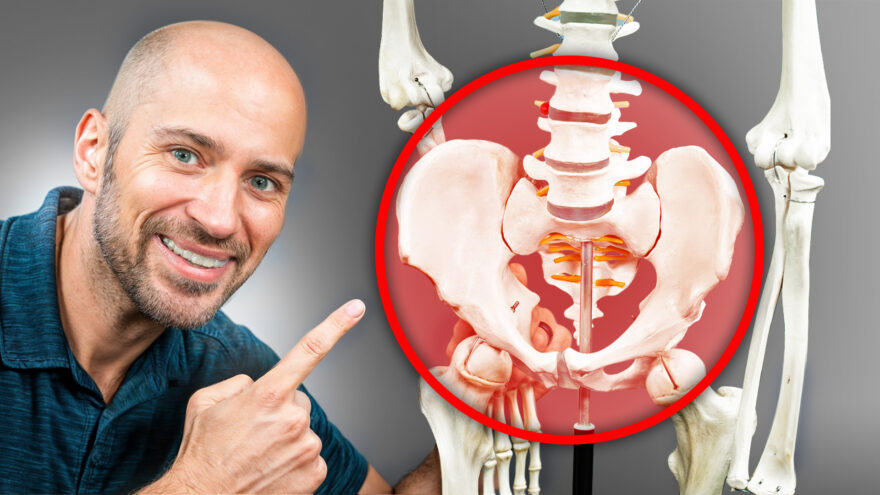
The Last Pelvis Post You’ll Ever Need
Unlock the secrets of pelvic biomechanics to enhance mobility across your lower back, hips, and legs. Master movements that mimic…
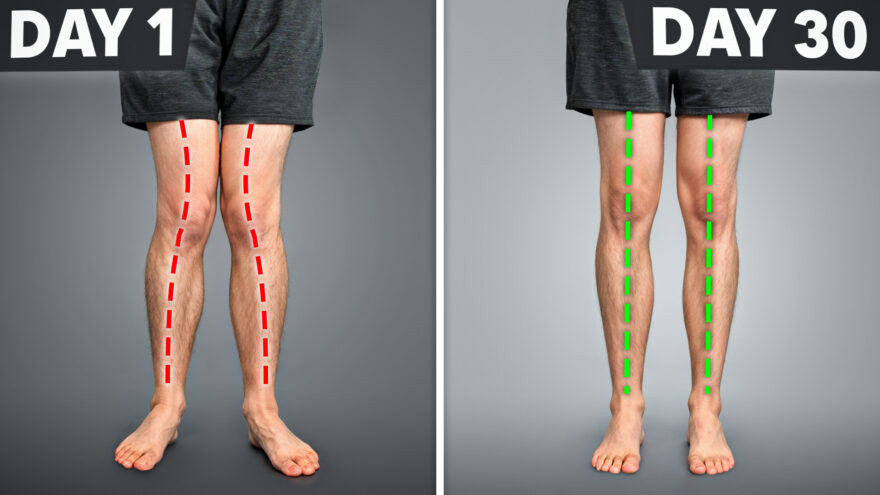
Fix 90% of Knee Problems in 30 Days
Uncover the secrets to eliminating knee pain with simple tests and exercises tailored for your unique needs. Enhance your mobility…
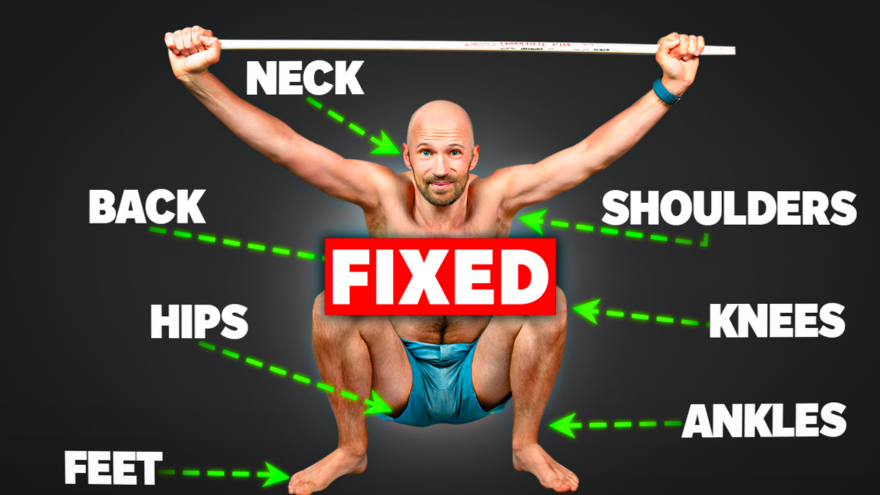
Solve 90% of Movement Problems in 30 Days
Improve Your Posture and Mobility with Simple Self-Tests and Exercises If you’re trying to fix your posture and mobility, the…
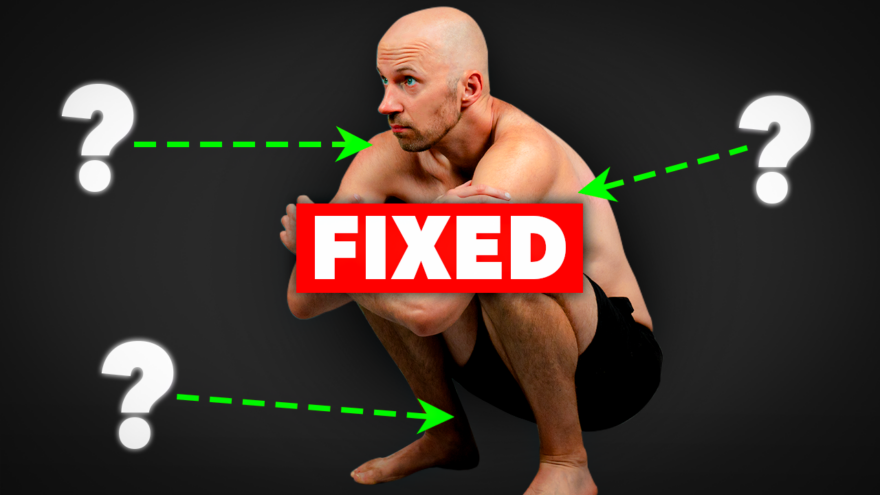
3 Things That Make ALL Exercises Better
Transform your workout routine with three easy steps proven to enhance mobility, strength, and overall exercise effectiveness. Learn how eye…
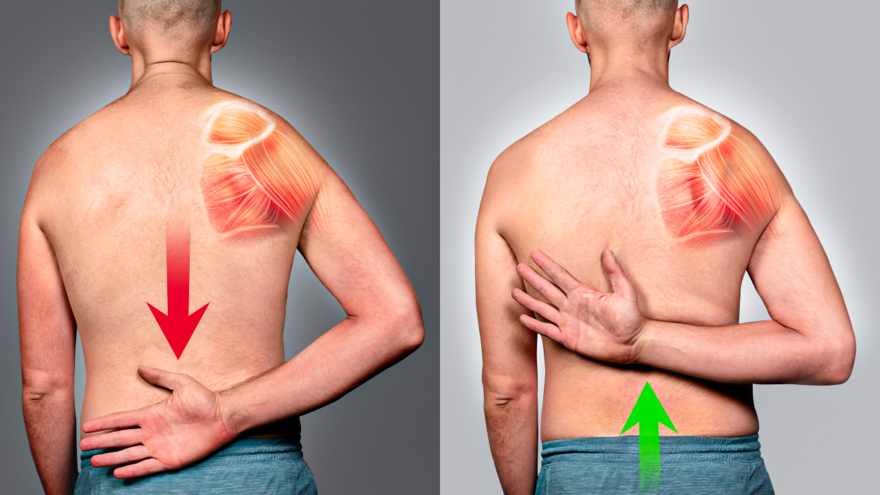
Rotator Cuff Drills Won’t Fix Your Sh*t (Do This Instead)
Discover the truth about shoulder pain and how to effectively tackle it with our expert guide. Ditch ineffective rotator cuff…
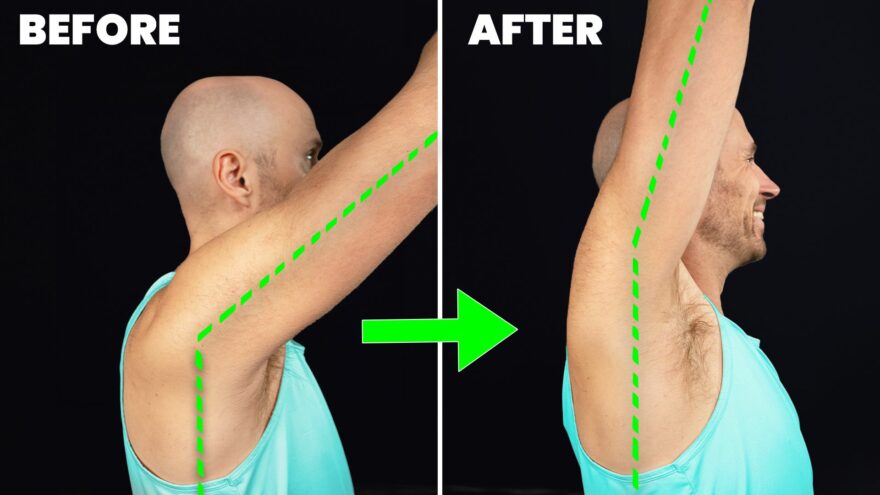
This INSTANTLY Improves Your Mobility
Unlock Your Shoulder Mobility Fast Experiencing shoulder discomfort or limitations? Enhancing your shoulder mobility is crucial for daily activities and…
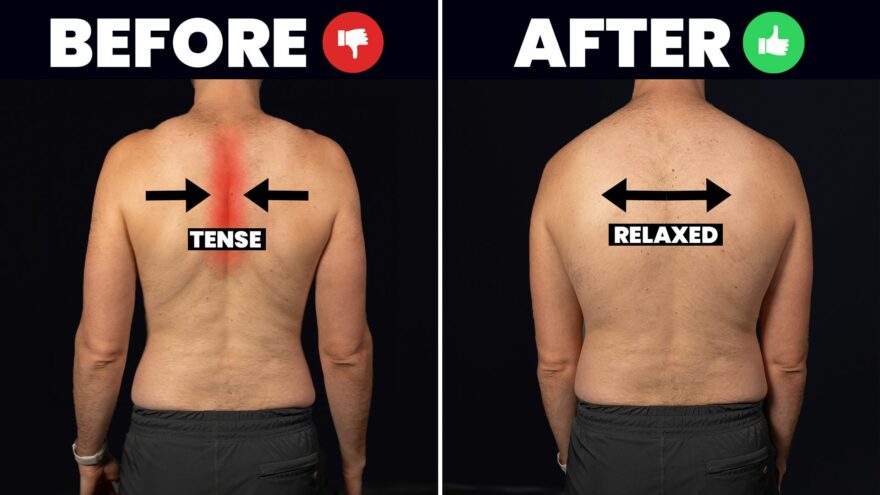
Fix Upper Back Tightness FOR GOOD
Discover effective strategies to alleviate upper back tightness for good. Learn biomechanically sound exercises that expand ribcage space, mobilize the…
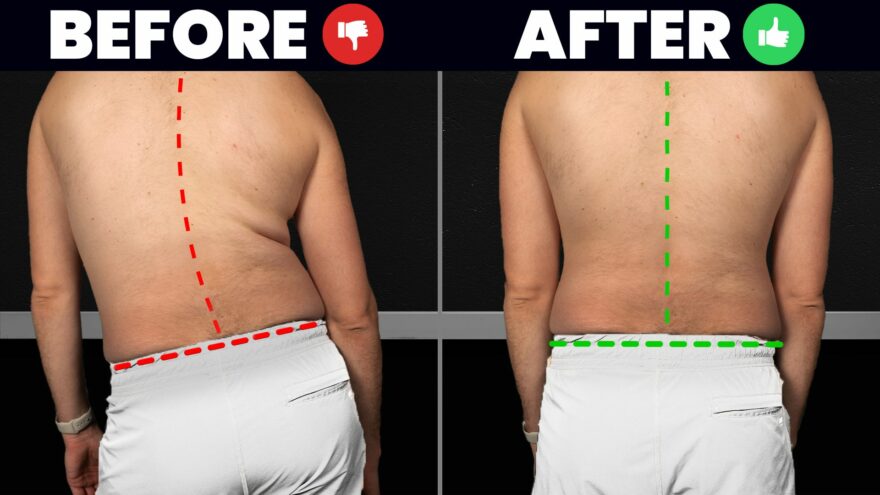
Fix Lateral Pelvic Tilt FOR GOOD
Discover effective strategies to correct lateral pelvic tilt and improve hip mobility. Learn targeted exercises for a balanced posture and…
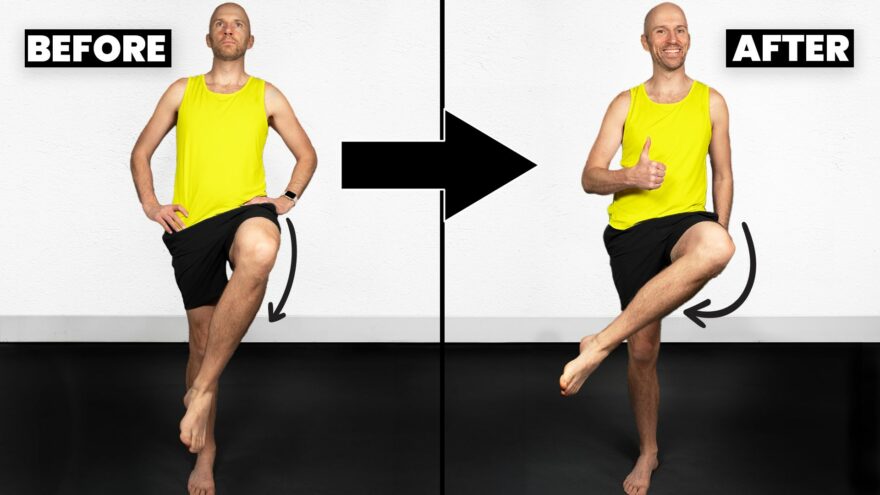
Fix Hip External Rotation (FAST)
Discover the top 3 strategies to rapidly improve your hip external rotation in 2024. Learn biomechanically sound exercises that enhance…
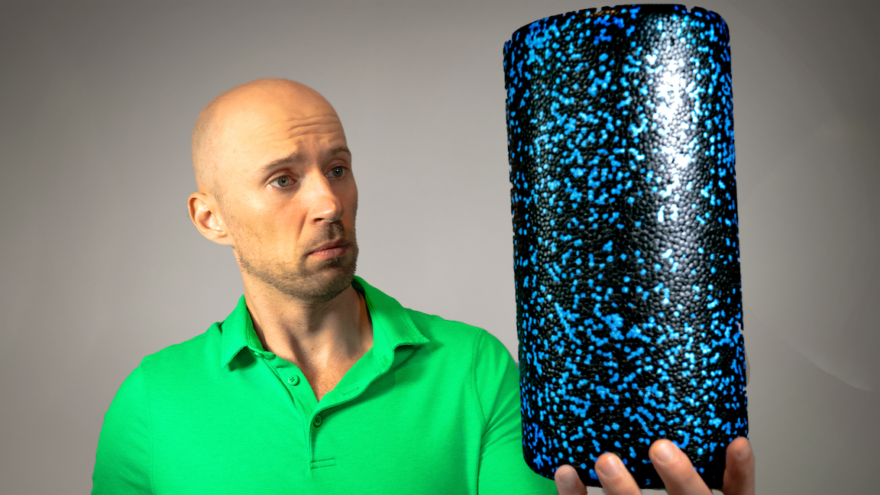
Foam Rolling is Making a Comeback? (Not How You Think)
Discover innovative foam rolling techniques for enhanced mobility and muscle soreness relief. Learn about exercises that go beyond traditional methods…
